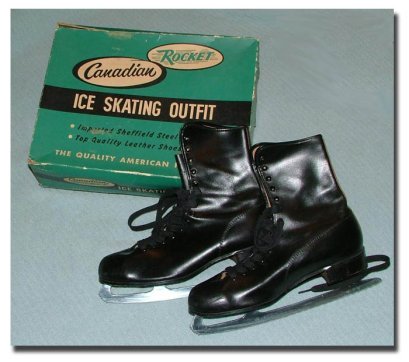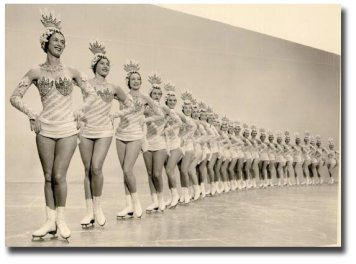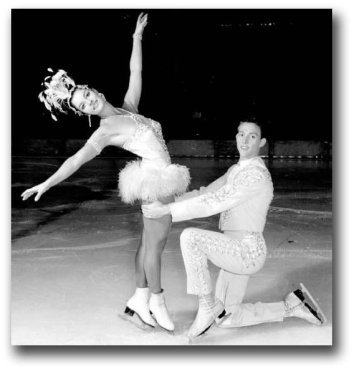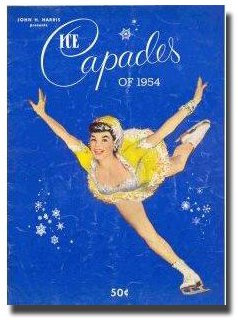The History of Ice Skating
Lake Winnipesaukee Area
of New Hampshire
Before It Was Popular Around
Lake Winnipesaukee

The history of ice skating goes way back. Even before it was around the Lake Winnipesaukee of New Hampshire. Animal bones were laced to people's footwear to glide across frozen bodies of water. Ice skating started off as a means of transportation across lakes and rivers in the winter months.
When ice skating actually started is not clear. It is believed to have begun in Scandinavia between 3000 and 1000 B.C. Ice skating was introduced to England in the 17th century as a recreational sport on ponds. According to the history of ice skating, in the mid 1700s, ice skating was introduced to America and Canada.
History of Ice Skates
It is believed that the Dutch started using a wooden platform skate with iron runners on the bottom. They were attached to the skater's shoes with leather straps. They later added a double-edged blade to help the skater glide across the ice.
In the mid 1800s, E.W. Bushnell developed an all-steel skate. This new skate increased the popularity of the sport. In the early 1900s, the toe pick was added as well as a closed-toe blade of a single piece of steel. This made the skate stronger and lighter.

U.S. Figure Skating History
Ice skating, as we know it in the Lake Winnipesaukee area of New Hampshire, can be traced back to the mid 1800s, to an American named Jack Haines. According to the history of ice skating, before the Civil War broke out, the country was caught up in dancing and ice skating. Jack Haines decided to combine both skating and dancing. This was frowned upon because ice skating was stiff and formal. The
ice skating moves
he created were expressive and free flowing.
Since Americans condemned Jack Haines' style of skating, he went to Europe where he was welcomed with open arms. According to the history of ice skating, while he was in Vienna, Austria, The "International Style of Figure Skating" was born. It wasn't until the early 1900s that this style of ice skating came to America.
Many local skating clubs formed and held competitions informally in the 1800s. In 1921, the United States Figure Skating Association was formed. This association became a member of the International Skating Union so that members could participate in competitions, tests and exhibitions.

According to the history of ice skating, in the early 1920s. there were no qualifications. Any skater could compete. Formal ice shows didn't exist during that time either. The figure skating clubs would perform ice carnivals. It wasn't until later that ice skaters developed a reputation and started performing in professional
ice skating shows
This popularity began with a Norwegian woman named Sonja Henie. She was a three-time Olympic champion, won the World Championship ten times and the European Championship six times. Sonja Henie also introduced the skating outfit we know today with the short skirt.
After World War II, the Americans and Canadians made a name for themselves in the ice skating world. This was due to the fact that many of the European
ice skating rinks
were destroyed in the war.

In 1961, the entire U.S. skating team and coaches were killed when their plane crashed on the way to the World Championships in Prague. As a result, the Americans struggled to rebuild their team. During this time the Soviet Union became a strong competitor.
Figure skating is one of the most watched events in the Olympics as well as other competitions. More and more people are appreciating the beauty of this sport. Ice Skating has become very popular in the Lake Winnipesaukee region of New Hampshire and beyond.